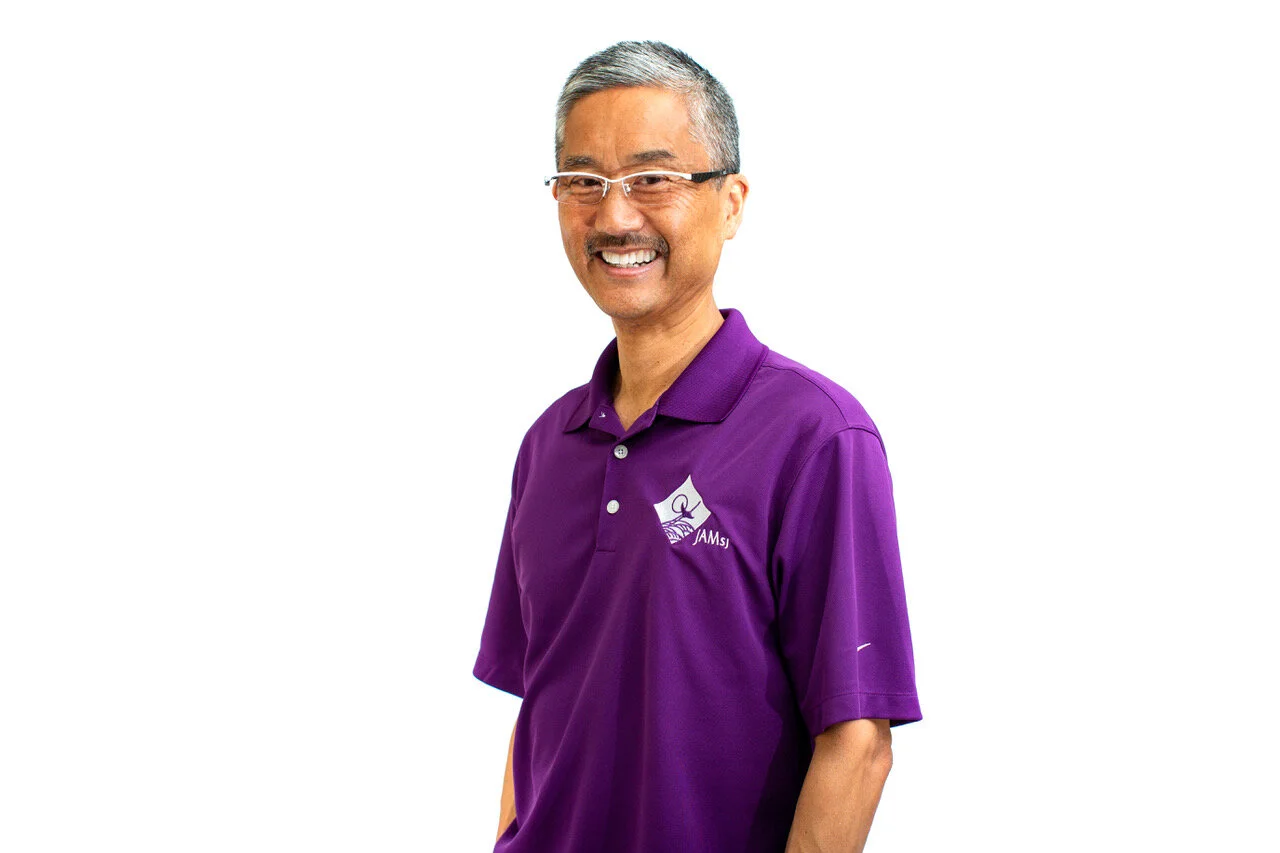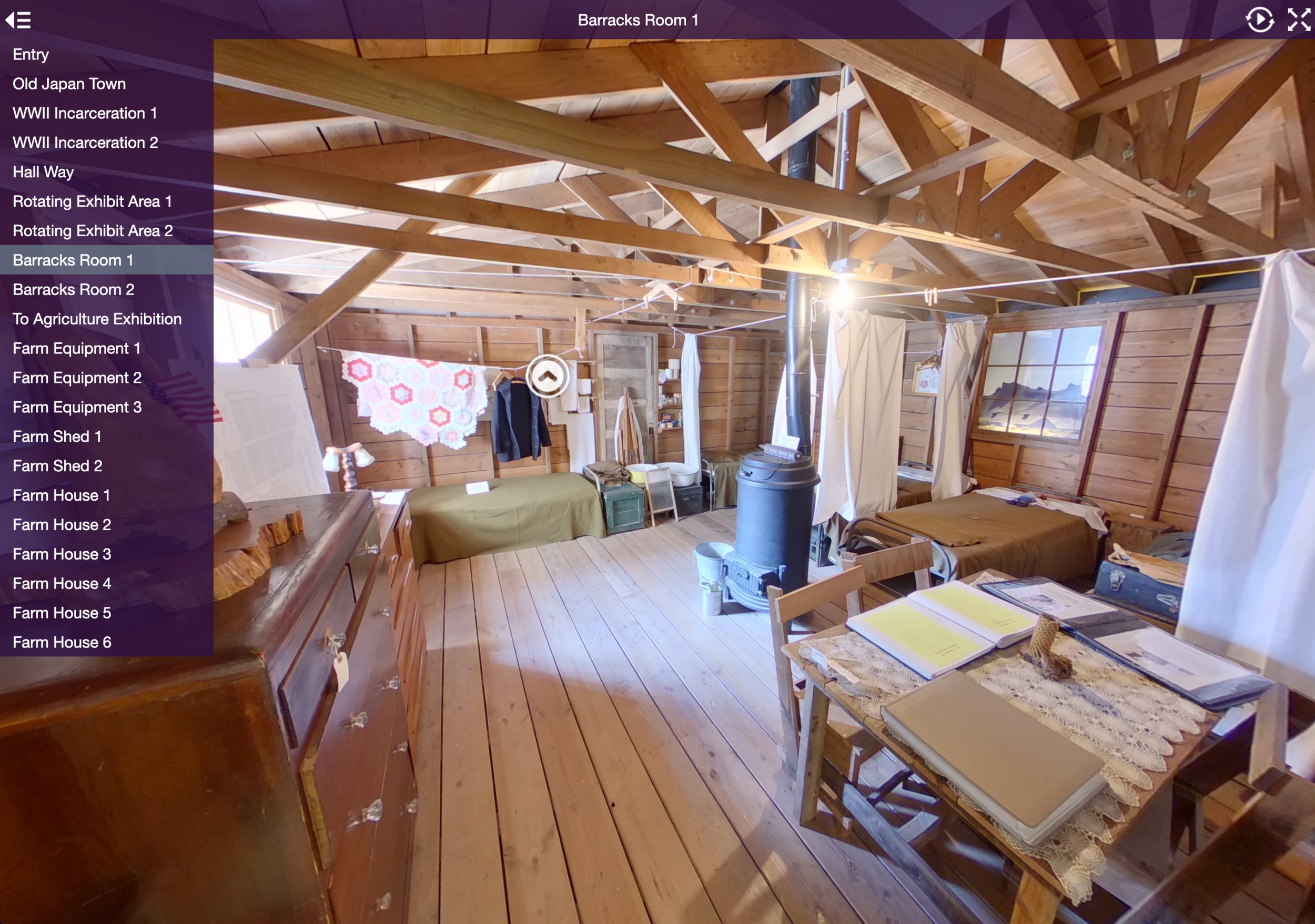In this first article for our new Volunteer Spotlight Series, we talked with Michael Sera, who has been the Board President of JAMsj since 2017. He has been key in building bridges with people in and outside of the community for JAMsj to grow. He talked about how JAMsj was forced to start using technology due to the pandemic, and how that technology is going to help us expand even further.
Q. Since July 1, JAMsj is now fully open Thursday through Sunday - back to its normal hours. This is a major milestone. Can you look back at what happened in the past 15 months after the museum was forced to close due to COVID?
A. Initially we were struggling to figure out what we were going to do as things started to shut down. We wanted to play it safe at JAMsj and we decided to close before the County did.
First, we started having virtual public programs and that helped us stay connected with the community. In the beginning, we struggled with technology. We had audio and video problems and people were not comfortable logging in. But as time progressed, we became more and more comfortable with the technology to a point where we did some unique programs that we would not have been able to do without technology.
Then we started providing virtual school tours. The virtual tours were mainly slide presentations on Zoom. The experience was not the same as in-person tours at JAMsj, but it worked out very well because we were able to give tours to large groups as well as schools that were from outside the Bay Area. We were able to reach a much broader audience, thanks to technology.
Because that was successful, we decided to kick it up a notch. We had Keiko Iwaisako from Ricoh reach out to us and she came in with their 360-degree high-resolution camera. She captured the inside of the museum and was able to create an interactive 360 degree tour of the JAMsj gallery. The docents will be able to use these images in their presentations and the audience can actually feel like they are being walked through the museum. It’s a live tour and you can ask questions. The whole idea behind this is that we want people to get a taste of the museum even though they may be out of State or in another country so that when they visit the Bay Area they will want to come to visit JAMsj and San Jose Japantown in person.
We are now in the prototyping phase and getting feedback from the docents. Once we have all this worked out, we’ll go live.
Q. That’s amazing. Are there other ways JAMsj is planning to utilize technology?
A. The other idea is to make it possible for visitors to take a self-guided virtual tour through our website. For that, another company came through on July 27 to scan the entire museum. In the self-guided virtual tour, you can control where you go and what you see.
Q. JAMsj also had two virtual auctions during the pandemic, and they were both hugely successful.
A. Yes! We learned that we are much better off doing virtual auctions than doing it live in our parking lot. The big difference is that we have a much greater reach and people can view the items from the comfort of their homes.
Q. How has your life been outside of the museum?
A. (As a business consultant) All of my clients are in Japan. It’s been very productive doing everything over Zoom. I’ve been able to continue my business and have conversations we need to have between my clients and the suppliers here. For me, my business has not stopped.
I do miss the in-person meetings. The minute we can travel to Japan, I hope to start visiting again. There will be lots of clients who want to go and meet the customers face to face. You can build a relationship on Zoom but it’s not the same. They are trusting us as a representative, but until they physically see each other and have a heart-to-heart conversation, some decisions are hard to make.
Q. Did you try something new as you were working from home?
A. I set up a video conference studio inside my home. I bought lighting, a DSLR camera, a video mixer, an audio mixer, a stream deck, a shotgun microphone, and a teleprompter. With my studio, I can edit recordings and produce events. I created this environment to help facilitate virtual events, I can switch seamlessly from introducing a speaker to showing a recorded video, then back to live Q&A.
I had to come up to speed with the technology and learned bit by bit watching YouTube videos. I would not have done this if it were not for the pandemic.
What I would love to do is if we end up doing a hybrid model, which would be a mix of live and recorded events at JAMsj, I can bring in what I’ve learned to the museum. My system allows four separate video inputs, so we can have one camera on the audience, one on the speaker, a presentation, and a video that can be switched seamlessly. We could almost create our own live stream and have a clean output. Technology has become so good at the consumer level. We look forward to having everyone back for in-person events at JAMsj.


